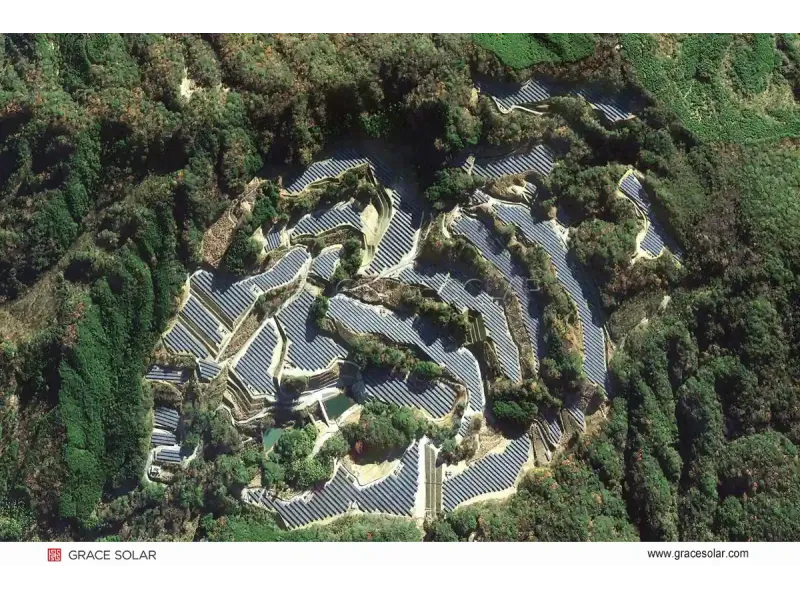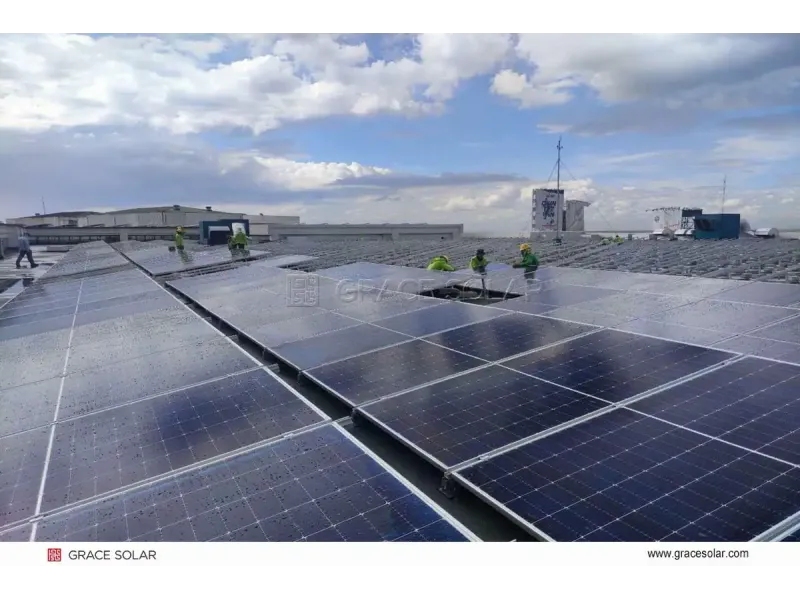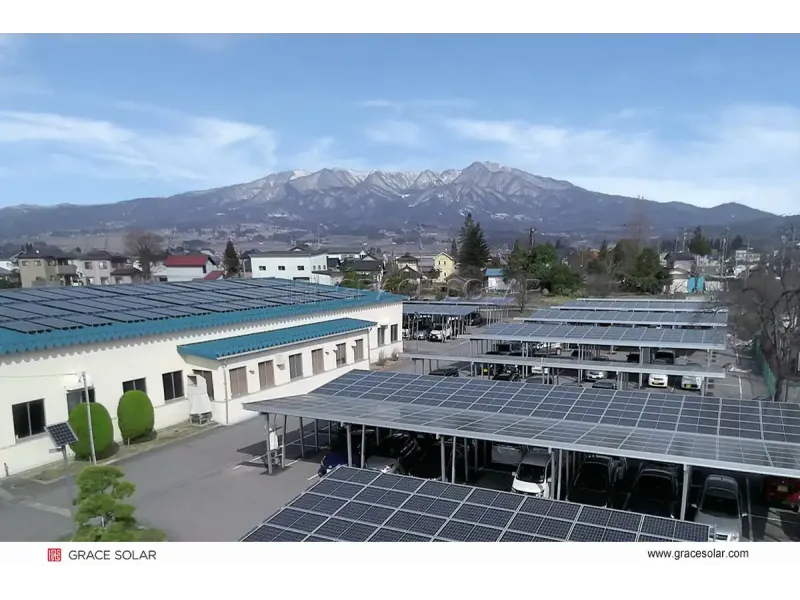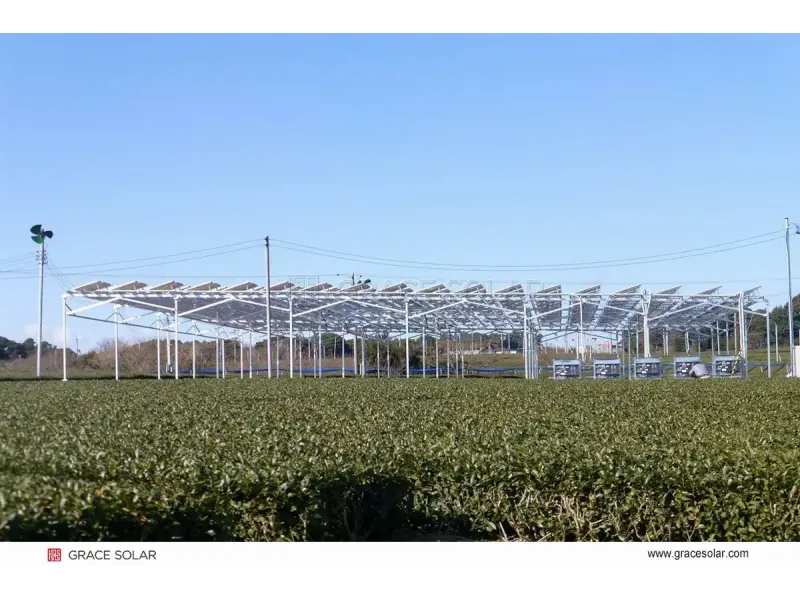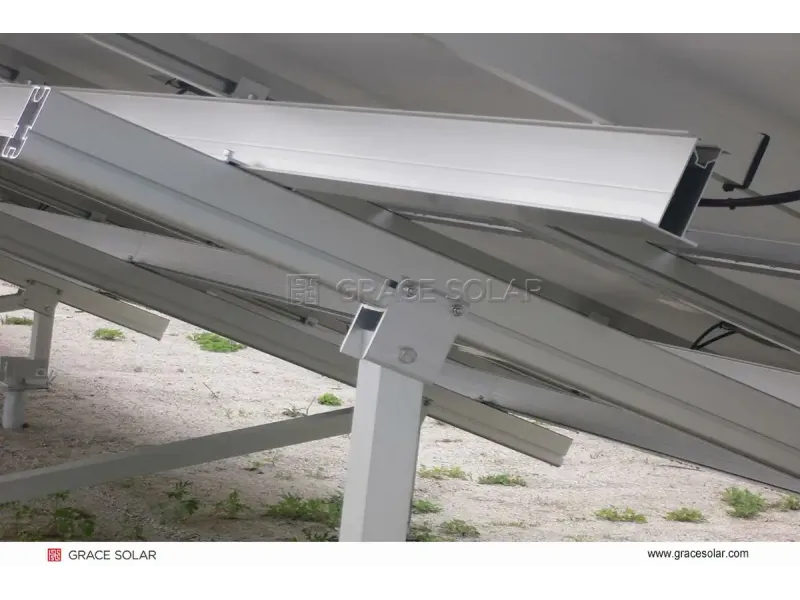Solar Tracking Systems: Crunching the Efficiency vs. Cost Equation
Industry data reveals solar trackers boost energy yield by 15-40% compared to fixed systems. But this gain comes at a cost: Single-axis systems increase installation expenses by $0.5-$1.0/W, while dual-axis solutions add $1.0-$1.8/W. The critical question isn't just about energy capture – it's about whether the tracking system ROI justifies the premium across different scenarios.
Performance Analysis: Single vs. Dual-Axis Systems
Single-Axis Advantages
- 15-25% energy gain with minimal complexity
- Payback in 3-7 years for medium/large installations
- Optimal for commercial-scale projects
Explore 1P tracker solutions with terrain adaptability up to 20% slope
Dual-Axis Applications
- 25-40% increased energy production
- 5-10 year ROI for specialized projects
- Critical for vertical bifacial modules
Advanced dual-axis systems with multi-point drive technology
Cost-Benefit Breakdown Across Project Types
| Project Scale | Energy Gain | Cost Premium | ROI Timeline |
|---|---|---|---|
| Residential Rooftop | 8-15% | $1.3-$2.1/W | 8-12 years |
| Commercial Ground Mount | 22-32% | $0.5-$0.9/W | 4-6 years |
| Utility Solar Farm | 28-40% | $0.4-$0.7/W | 3-5 years |
Pro Tip: For projects over 1MW, advanced multipoint trackers can reduce LCOE by 12% through structural innovations that cut material costs by 18%.
When Tracking Makes Financial Sense
✓ High-Value Applications:
- Regions with >5.5 kWh/m²/day solar irradiance
- Floating solar farms with complex reflections
- Projects with land area constraints
✖ Problematic Scenarios:
- High-wind/typhoon zones requiring reinforced structures
- Areas with >60% annual cloud cover
- Small residential systems under 10kW
For challenging environments, passive tracking solutions offer maintenance-free operation with 12-18% efficiency gains.
Next-Gen Technologies Changing the Equation
Revolutionary Features Improving ROI
AI Weather Adaptation
Machine learning algorithms that increase cloudy-day production by 6% using predictive cloud movement models
Multi-Point Drive Systems
3-5 drive points increasing structural rigidity by 20% while reducing maintenance costs
SlopeMaster Technology
Adapts to 20% north-south slopes with terrain-hugging designs maintaining 500mm ground clearance
"Modern trackers generate 8% more energy than predecessors thanks to MPPT-enhanced systems that optimize DC conversion while reducing power consumption to <0.04kWh/day."
Strategic Implementation Guide
- Project Evaluation: Analyze local DNI/GHI ratios using NREL data tools
- Structural Assessment: Verify wind resistance certification (≥47m/s rating)
- Tech Selection:
- Choose single-axis systems for ≤35° latitude areas
- Opt for dual-axis near poles or in desert regions
- Maintenance Planning: Budget 2-5% of energy revenue for tracker upkeep
The Verdict: When Solar Trackers Earn Their Keep
Solar tracking systems deliver compelling value when:
- Project scale exceeds 1MW capacity
- Installations occur in high-irradiance regions
- Land costs exceed $15,000/acre
- Tariff structures reward daytime production peaks
For large-scale installations in optimal locations, premium tracking solutions can reduce LCOE by 8-12% compared to fixed-tilt alternatives. Explore industry-leading tracking solutions engineered for maximum reliability.
Final Consideration: For sites with 20%+ terrain variation, trackers with advanced slope adaptation deliver 15% more power than fixed systems while reducing earthwork costs by up to 25%.

